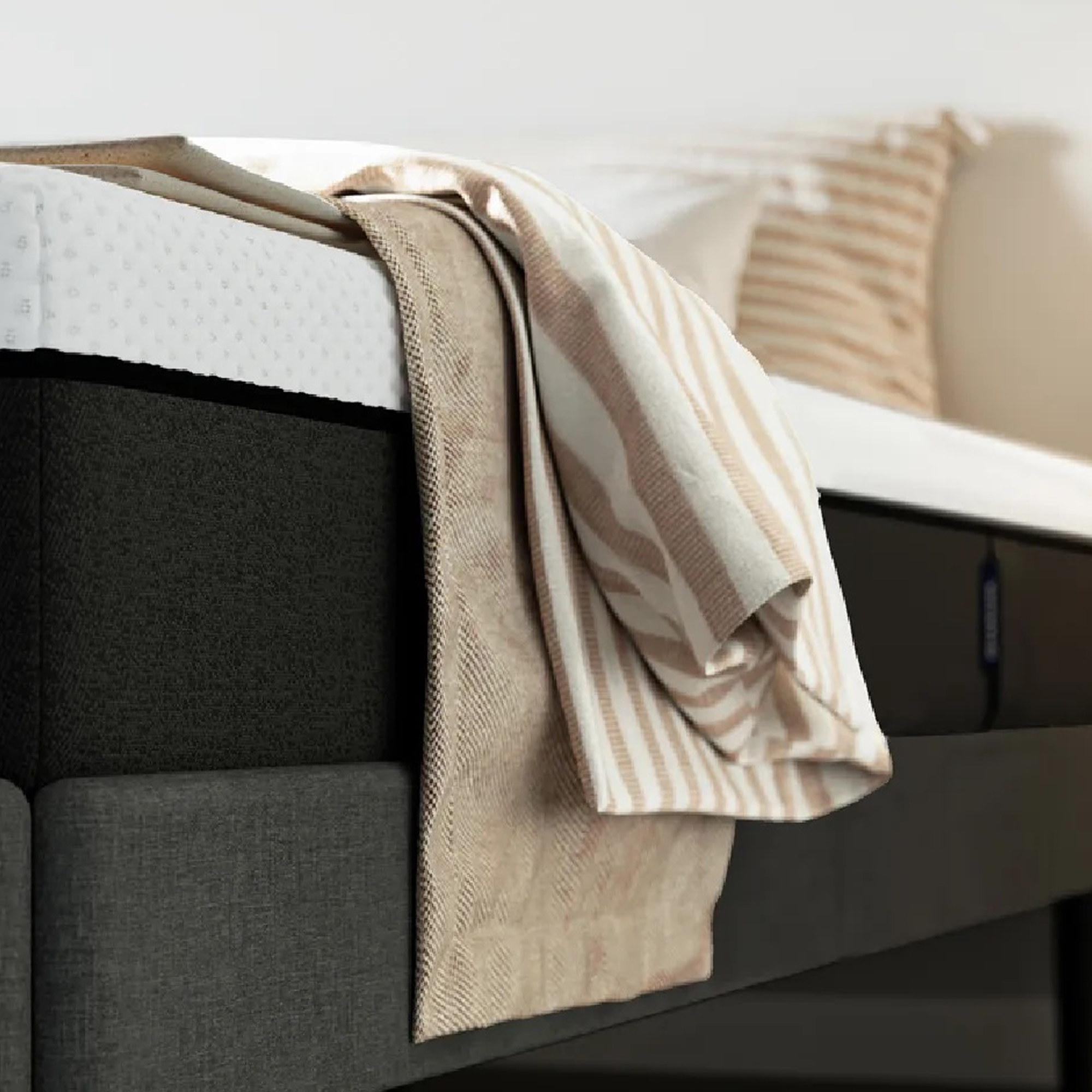
Our Emma Original mattress review puts the brand's most affordable mattress through its paces to see how the all-foam design compares to the best mattresses Ideal Home has tested.
Quick review
The Emma Original mattress is an all-foam mattress that ditches the springs and instead uses a mix of foam and memory foam layers for its structure. It's also one of Emma's bestselling mattresses, no doubt thanks to its very affordable price tag (which is often reduced further in the brand's regular sales) and the cushioned sleep it offers.
As a lighter weight side sleeper I instantly loved its malleable sleep surface. When I was laid on my side the mattress moulded around my shoulder and hips to offer cushioning on my pressure points with enough firmness below that I still felt supported. It also offered brilliant motion isolation which meant that the movements of my restless co-sleeper were substantially dampened.
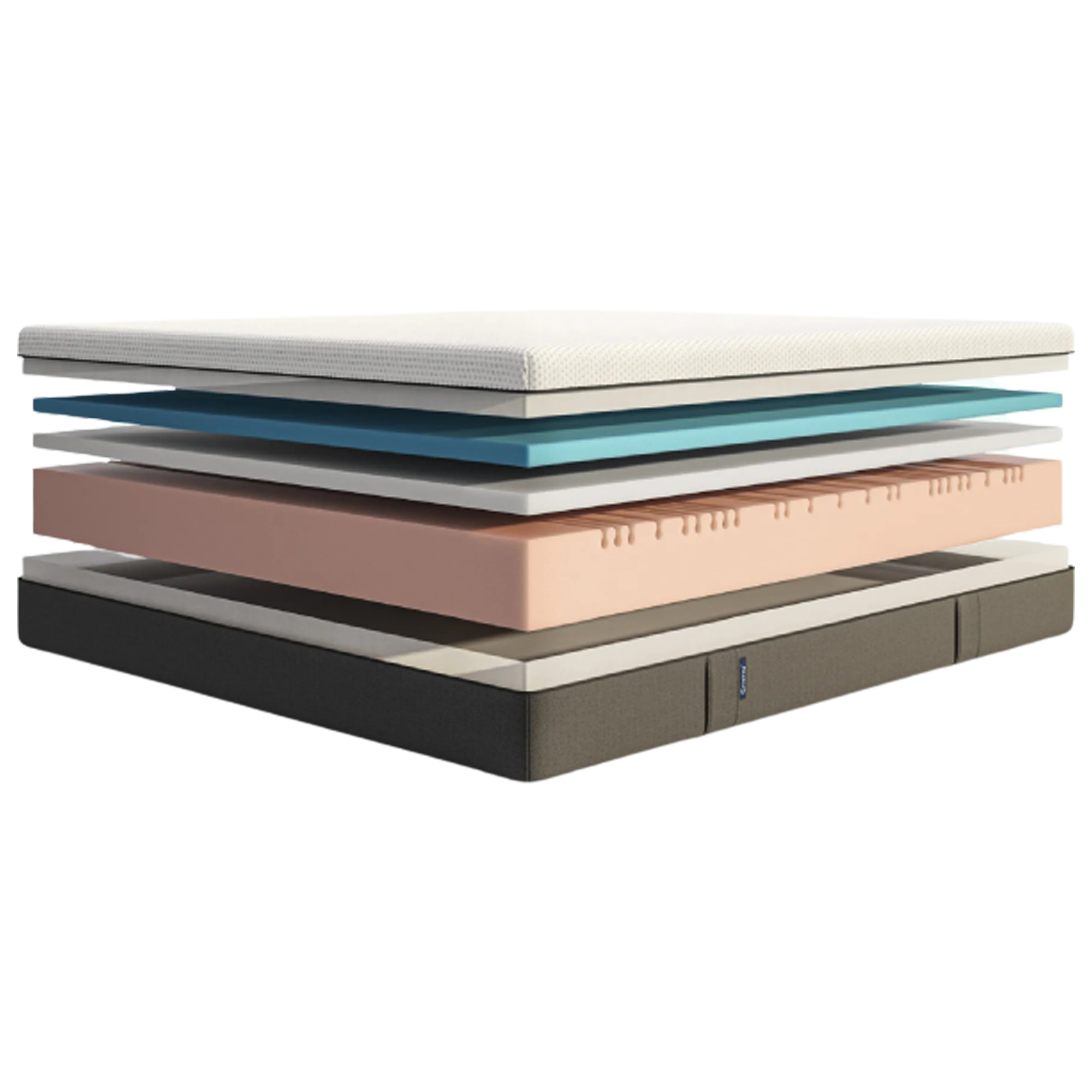
However, it does have some downsides. I found I slept warm on its foam surface, and my hot-blooded partner often woke up sweating. Plus, it lacks edge support and its cushioned surface does make it a little unresponsive which means it's a bit harder to change position in the night.
Heavier sleepers may also find it doesn't offer quite enough support, and it may be too enveloping for those who sleep on their back or front. Plus, Emma doesn't deliver to the room of your choice, only to your doorstep, which won't be suitable for everyone. And, compared to competitors like Simba, we couldn't find a lot of evidence that the brand had considered the environmental impact of its mattress range.
But, if affordability is one of the key factors in your mattress search, and if, like many of us, you're a side sleeper in search of good cushioning for your joints, there's a lot to love about the Emma Original mattress. Not least a 200 night sleep trial that offers the opportunity to test it out for yourself before you commit.
Specifications
Type: Memory foam
Construction materials: Airgocell foam, memory foam, HRX foam
Sizes: Single, Small Double, Double, King, Super King
Comfort level: Medium Firm
Height: 25cm
Side handles: Yes
Manufacturer sleep trial: 200 nights
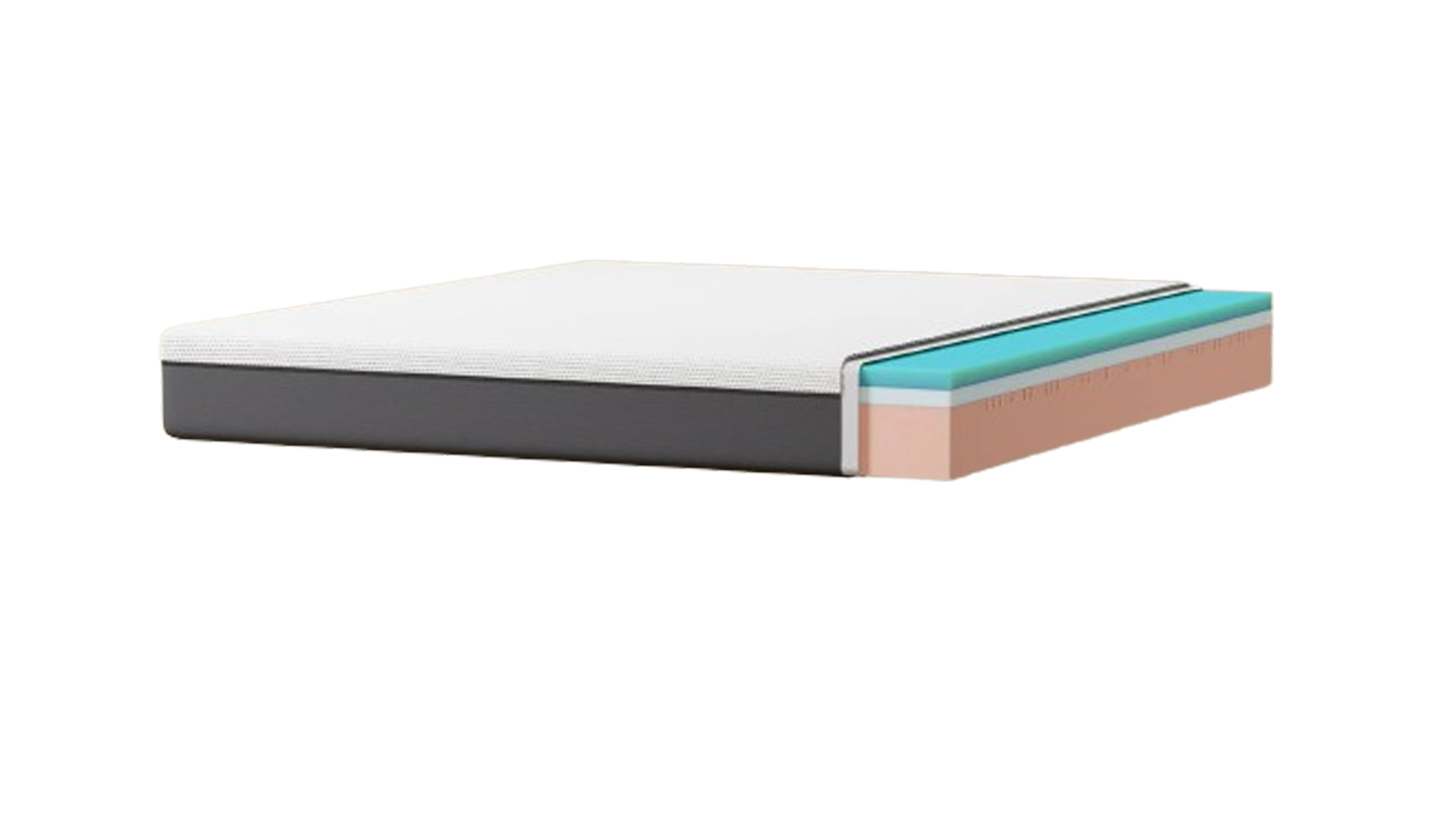
1. Comfort
I'm predominanly a side sleeper, and I instantly found the Emma Original mattress to be super comfortable. The memory foam layer moulded gently around my hip and shoulder when I was laid on my side to offer just the right amount of cushioning whilst still feeling firm enough underneath that I had support.
I can sometimes experience pain in my hip from sleeping on my side on a mattress that's too firm, but didn't experience any of that with the Emma Original. The brand describes it as a 'body-hugging' mattress, and I'd agree, it's a mattress that you sink into rather than lying on top of, so it's a good choice for a side sleeper like me.
Of course, the feel of a mattress does depend a lot on your body weight and your preferred sleeping position. I'm around 70kg so I likely don't sink into the mattress as much as a heavier person would. Those who do weigh more may find this mattress on the softer side and miss the lack of spring support.
It may also have a little too much give for a back or front sleeper to lay comfortably, but if, like me, you favour sleeping on your side, you're likely to enjoy the feel. After I tested the mattress for a number of weeks, I then moved the mattress into our spare room and my housemate also described this mattress as offering a 'dreamy' night's sleep.
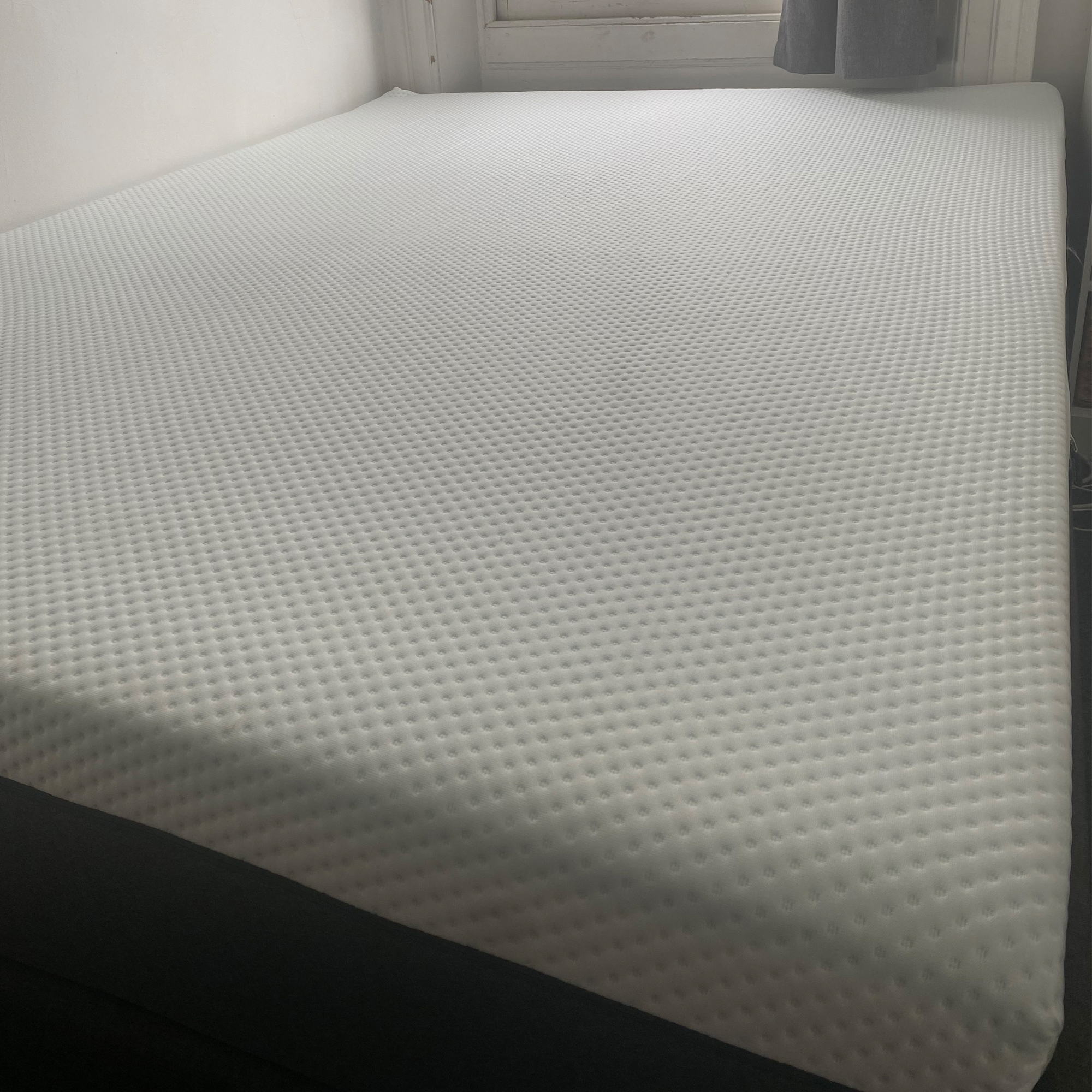
2. Responsiveness
Because the Emma Original mattress is an all-foam mattress without any springs, it does lack bounce. That means it doesn't feel as responsive as a hybrid or pocket spring mattress, and can feel a bit 'dead' to lie on.
This movement dampening is great for motion isolation – more on that in a minute – but does mean that turning over can feel a bit 'sluggish', as it takes a few seconds for the foam surface to reshape around you when you roll over or change position in the night.
This could be a problem for anyone who lacks mobility, as it makes shifting your body in the night a little harder work.
3. Motion isolation
Before testing the Emma Original mattress, my partner and I had previously been sleeping on an old sprung mattress. It wasn't great when it came to motion transfer as if one person turned over too dramatically vibrations could be felt on the other side of the bed.
Thanks to the Emma Original's all-foam design, there's no sign of that at all. The foam and memory foam layers absorb a lot movement, so it's a great option for couples in that regard.
My partner can be a restless sleeper sometimes, and I find that I can feel his movements a lot less when sleeping on this mattress which means that I can sleep undisturbed for longer.
I did a very non-scientific experiment to see how close I could stand next to a glass of water placed on the mattress surface, and as you can see my weight barely unbalanced it.
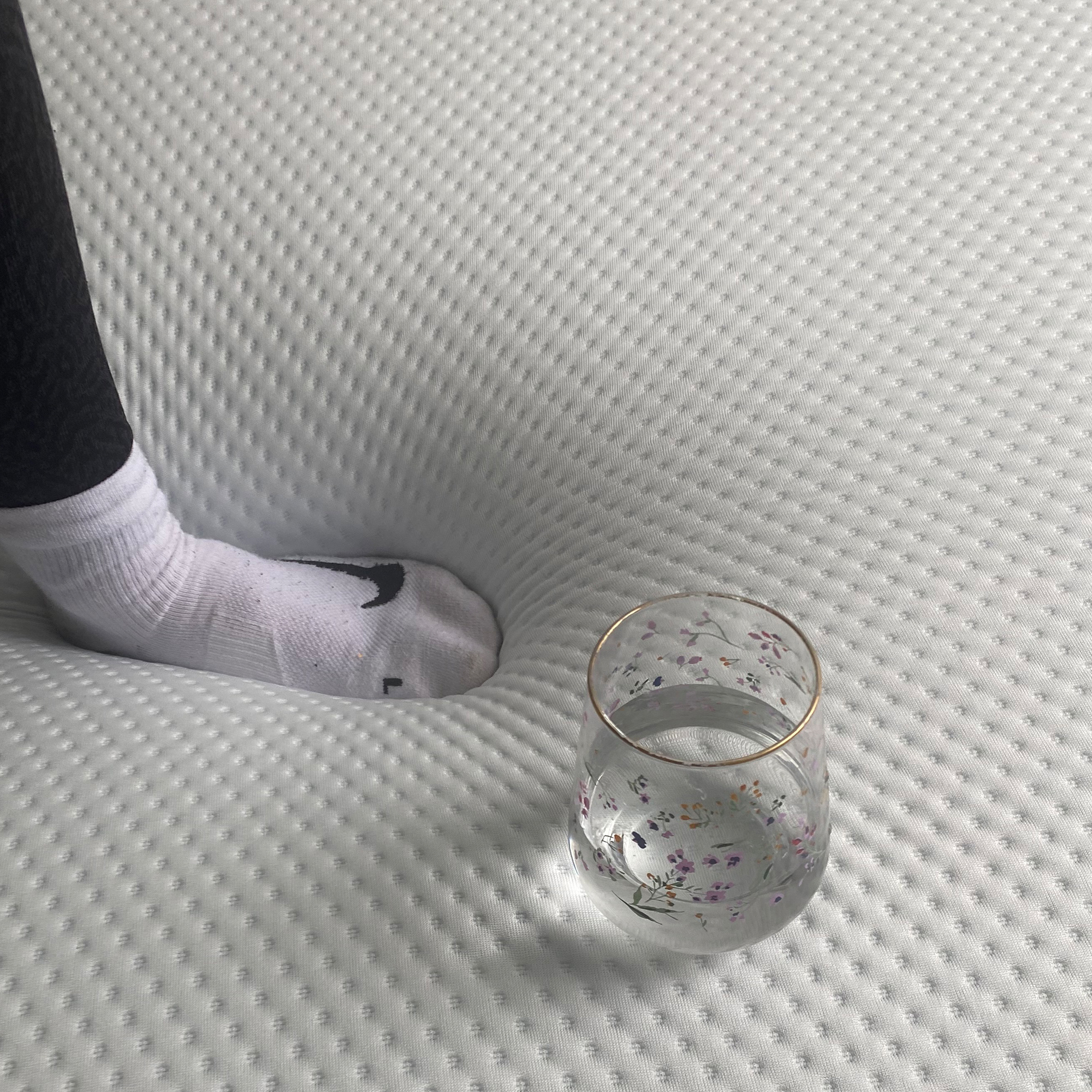
4. Temperature regulation
Synthetic mattresses – in particular those that use memory foam – can tend to cause overheating at night unless they employ special technologies to combat excess warmth, as the materials they're made from lack breathability.
I consider myself to be a cold sleeper, but I noticed that I slept pretty warm on the Emma Original mattress. For me, this wasn't too much of a problem, although at times I definitely woke up warmer than I'd like. However, my boyfriend, who is a certified hot sleeper, found he slept a lot warmer than on our old sprung mattress and woke up sweating a few times.
If you're also a hot sleeper, then I'd suggest a hybrid or pocket sprung mattress will likely deliver a cooler sleep. If you still want to benefit from the cushioning of memory foam, then the great value Simba Hybrid Original mattress with its graphite-infused open cell memory foam is a good bet, or the more expensive Emma Luxe Cooling mattress and even more breathable Simba Hybrid Pro mattress.
However, the coolest mattresses tend to be made from natural materials, such as the wool-filled Hypnos Pillow Top Select mattress or Woolroom Hebridean 3000 mattress.
5. Edge support
No matter what size bed I'm in, I always tend to gravitate to the edge of a mattress, so good edge support is very important to me.
Emma doesn't make any claims about edge support in the Original's product description, and on unzipping the mattress cover it's clear that it doesn't have reinforced side walls. Which would explain why I found the Emma Original very soft at its edges.
The mattress dips quite significantly when I sit on the edge to get up in the morning – which could be a bigger concern for anyone with mobility issues – and although I can't say I've felt like I could roll out during the night, if I sleep close to the edge I can feel myself sink more than I'd like.
When you're choosing the right mattress size, we'd always recommend opting for the largest mattress you can to avoid anyone sleeping on the edge, but if you co-sleep and are limited to a double mattress by budget or room size – or you're a parent with kids who regularly climb into the bed – then this could be a factor to consider.
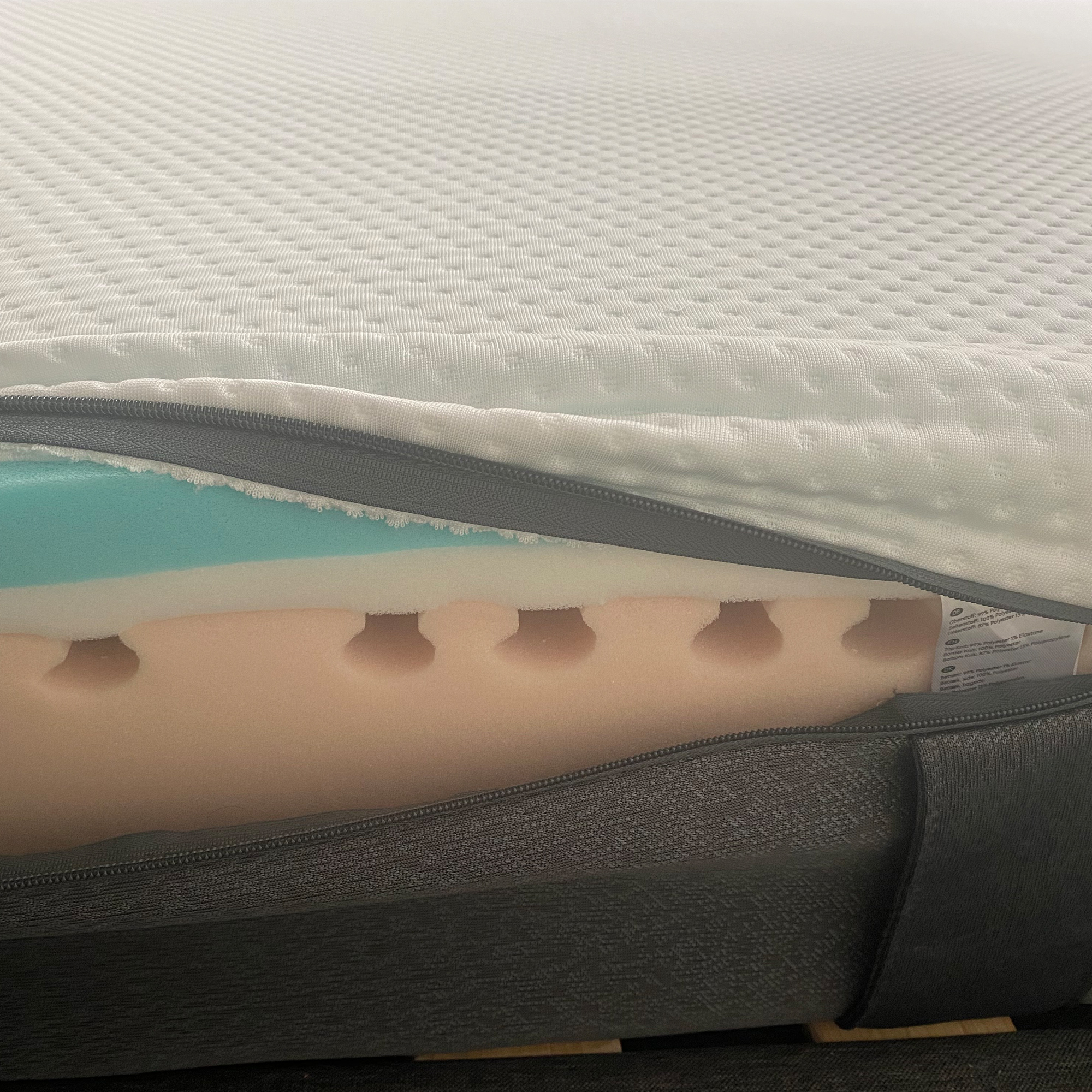
6. Ease of care
Because the Emma Original mattress only has memory foam on one side, that means it can't be flipped. Instead, Emma recommends rotating the mattress once a month for the first six months, and then once every three months to ensure even wear and tear. This is made easier thanks to side handles that help with the mattress' manouevrability.
A one-sided mattress could perhaps lack some longevity compared to a high quality two-sided mattress. After all, only one side means that side will get more wear and tear. However, I've only owned this mattress for a few months, so it's as yet too early for me to comment on its durability.
Instead, I delved into third-party customer reviews to see how those who had owned it for longer were getting on. A selection of John Lewis user reviews do seem to mention some issues with sagging or dips that have created 'valleys' within their mattresses after a while, which can sometimes be a problem with older all-foam mattresses as they lack spring support to keep their shape.
As of writing, Emma's Trustpilot score is 3.0 out of 5, and some similar concerns with dipping also crop up there. However, it's difficult to know whether these customers have followed the instructions to regularly rotate the mattress, how long they've owned it for, and whether bodyweight is also a factor. But, it's worth mentioning in order to provide a balanced view as durability isn't something I've yet had enough time to test out.
One thing I do love about this mattress is that it has a removable cover that you can unzip and machine wash. You can add a mattress protector to any mattress of course, but it's a nice extra touch to help keep the mattress clean.
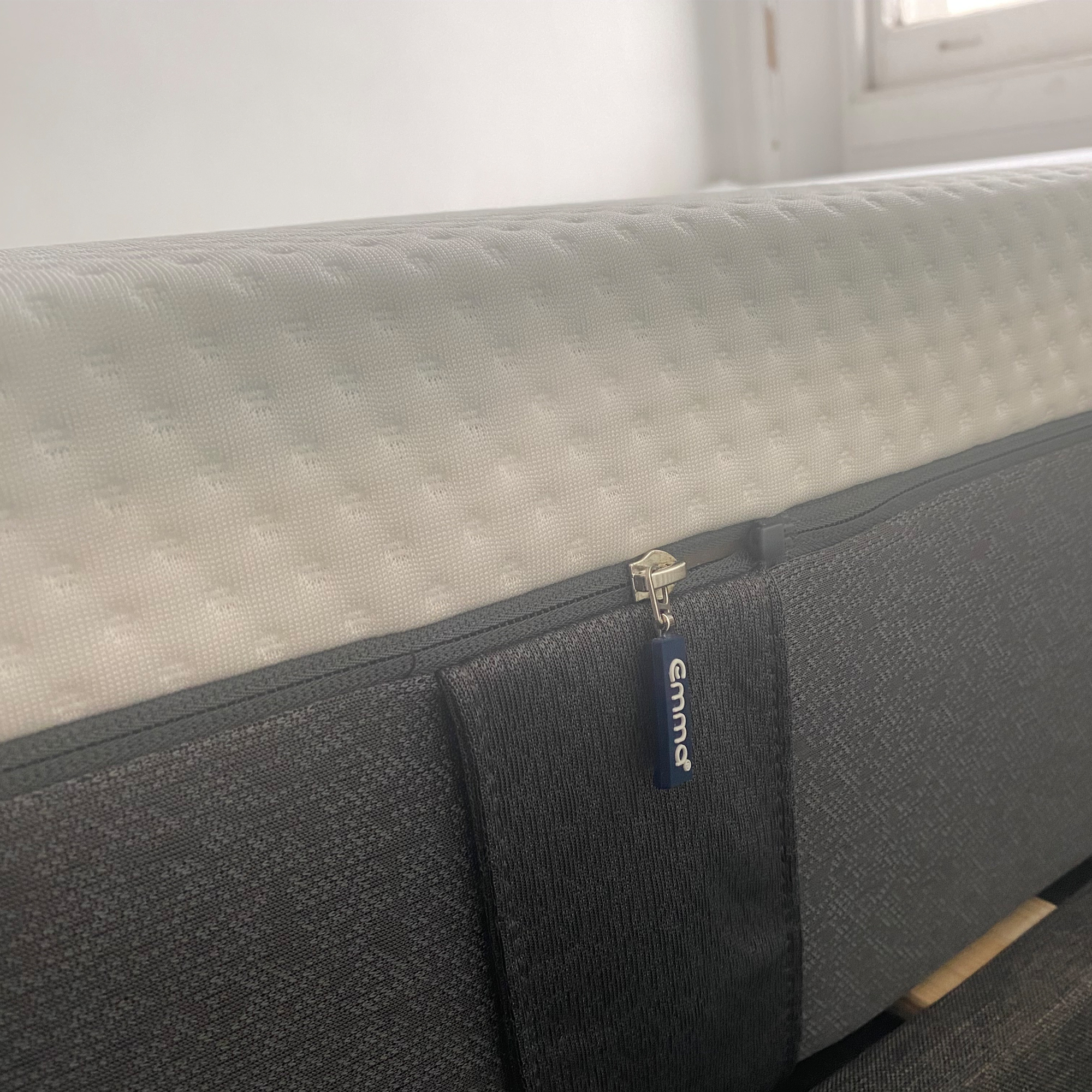
7. Sleep trial
It can be difficult to judge if a mattress is the right one for you – especially if you're ordering online, as you likely are with an Emma mattress as the brand doesn't have its own showrooms.
This is where a sleep trial can come in very handy. It's important to check the small print before you make a purchase, as all sleep trials can differ slightly in thir terms and conditions, but generally a sleep trial means that you get to test a mattress out in your own home – usually for anywhere between 30 and 365 nights – with the option to return the mattress for a refund if it doesn't suit you.
As of writing, Emma offers a generous sleep trial of up to 200 nights on the Emma Original mattress. This isn't quite as long as Nectar's 365 night sleep trial, but it is on a par with the likes of Simba and Brook + Wilde, and should be plenty of time to assess whether the mattress is a good fit for your needs.
8. Delivery
The Emma Original mattress was one of the first mattresses-in-a-box. That means that your mattress will arrive rolled and vacuum-packed into a cardboard box rather than being delivered flat.
It's a very useful option if you have an awkward delivery route to navigate inside the house, as the compact box can be a lot easier to get up the stairs than a flat mattress.
However, it's worth noting that, as of writing, Emma only offers delivery to your doorstep, so you will need to take over manhandling the mattress into the house at this point, and, a mattress can be a heavy item to manouevre.
If you know you'll struggle moving a mattress on your own, then both eve and REM-fit offer delivery to the room of your choice as standard, and Simba offers the same, plus white glove delivery which means the mattress will also be removed from its packaging, installed onto your bedframe, and all packaging taken away.
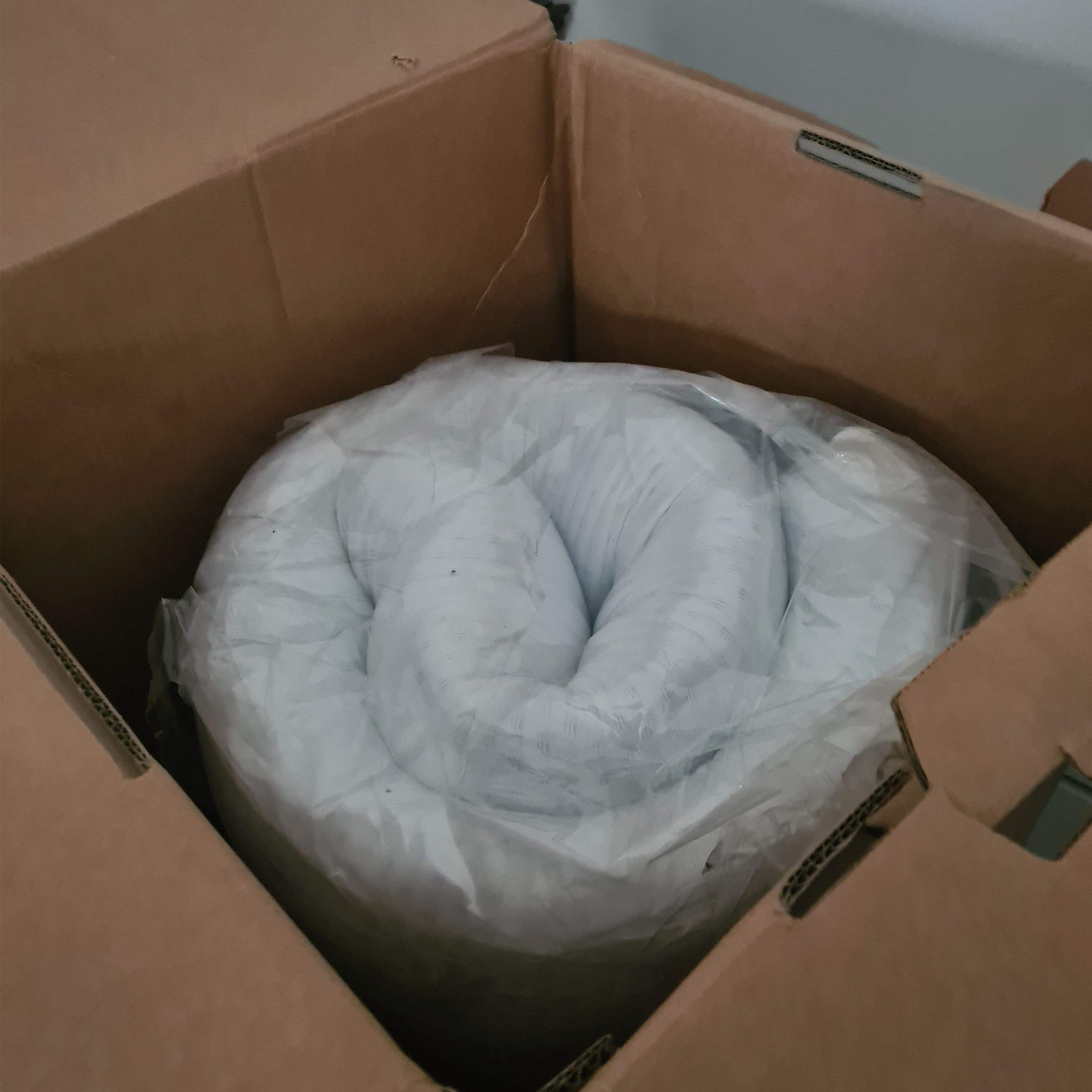
Once you've got the mattress into the right room, it's time to wrestle it out of the box and its thick plastic packaging. It's fairly easy to figure out what to do, and there's a box cutter included so you don't need to use scissors which could risk damaging the mattress.
There's also a QR code on the top of the box which offers instructions on how to unbox the mattress. However, it would have been nice to have the advice printed somewhere for those who don't have access to digital devices.
Once out of its packaging, you then need to leave the mattress for around four hours to expand to its full height of 25cm. Initially I was a bit concerned about its slightly sad-looking out-of-the-box form, but it soon plumped up into something that looked good enough to sleep on, so I got rid of my old mattress and fitted the Emma Original to my bedframe for that night.
I'm not that sensitive to smells after a few bouts of Covid, but I'm aware that foam and memory foam mattresses can initially have a strong odour, so I enlisted the help of my housemate to judge She agreed that any smell wasn't really that noticeable, but if you're especially sensitive to odours it might be a good idea to open a window and air everything out anyways.
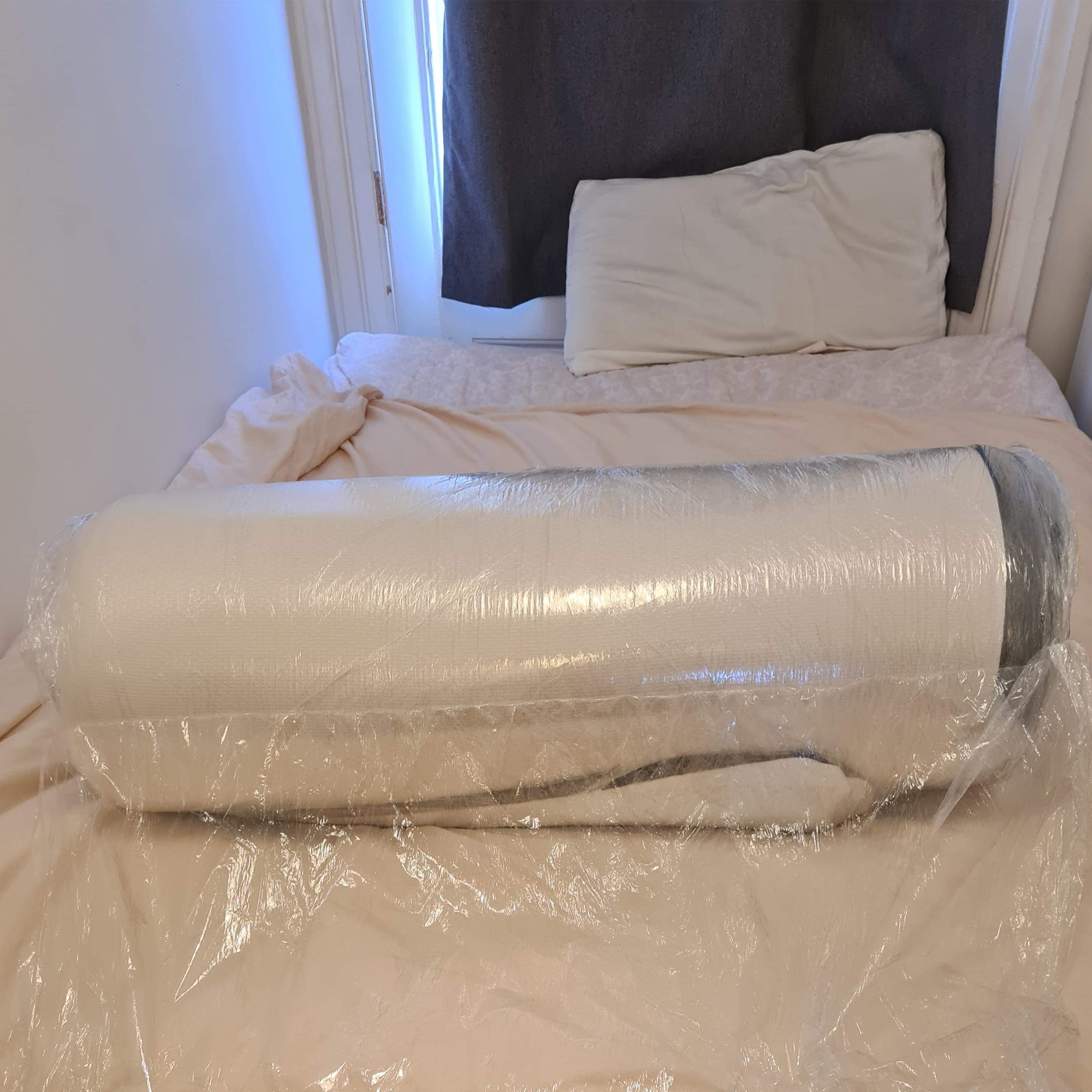
9. Environmental impact
Mattresses, especially synthetic mattresses, can pose a lot of environmental problems. Largely because many of the materials used in their manufacture – such as foam and memory foam – are derived from from non-renewable petrochemicals. At the end of a mattress's lifespan these synthetics can also be difficult to recycle responsibly leading to many mattresses ending up in landfill where they can cause more environmental harm.
Thankfully some synthetic mattress manufacturers, such as Simba, are becoming more aware of their environmental impact and leading the way in introducing more sustainable production practices.
Emma is less clear on any efforts to reduce its environmental impact, at least based on the information we could find on its website. For instance, we couldn't see that the Emma Original mattress utilises any recycled materials in its construction, which is a shame, and the brand doesn't seem to offer a mattress recycling service.
We also couldn't find a lot of information on what happens to those mattresses returned via its sleep trials. The brand does state that those mattresses that can be refurbished (that means the mattress is carefully examined, the cover is replaced, and the foam is subjected to UV light decontamination) are sold as Second Life for a discounted price, but is less clear on what happens to any that aren't deemed suitable for resale.
10. Value for money
As a rule, all-foam mattresses are generally more affordable than hybrid mattresses as they contain less expensive components.
The Emma Original mattress is particularly good value. As of writing, a double Emma Original mattress costs £499 at full price. In comparison an all-foam Nectar mattress costs £600 and a Tempur all-foam mattress will set you back £1499 for a double.
On the flip side, a Tempur mattress is available in a range of different tension options to help you find the right feel for you, whereas the Emma Original mattress takes a one-tension-fits-all approach, so it may not be the best bet for heavier sleepers.
It's price is hard to beat though, especially when you consider that Emma runs regular discounting events that can see the price reduced even further. Our mattress deals page has a wealth of information on the best time to shop for an Emma mattress, with Black Friday usually seeing the lowest prices.
How I tested
Usual sleeping position: side and back
Tension preference: medium firm
Sleep problems: lower body aches, hip pain
Height & weight: 5ft 6 & 70kg (myself) 6ft 1 (my partner)
During testing I assessed ten factors that the Ideal Home team deem vital to any mattress purchase.
I assessed the mattress for comfort, responsiveness, motion isolation, temperature regulation, and edge support through at home testing. This means that I slept on the mattress for a minimum of two weeks before writing my review.
I also took into consideration durability, any sleep trials available, the delivery process, and the mattress's environmental impact and its value for money.
Where possible, I also took into account third-party customer reviews – to see if they aligned or were at odds with my own experience – before writing my own review and giving this mattress a star rating.







